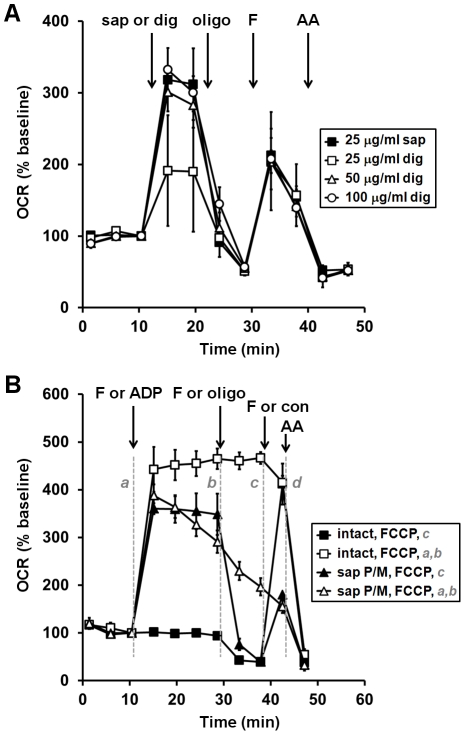Figure 3. Effect of the permeabilizing agent and time on FCCP-stimulated respiration.
(A) Primary rat cortical neurons were permeabilized by saponin (sap, 25 µg/ml, filled squares) or digitonin (25 µg/ml, open squares, 50 µg/ml, open triangles, 100 µg/ml, open circles) plus EGTA (5 mM) in aCSF medium after three baseline O2 consumption rate (OCR) measurements (first arrow). Pyruvate and malate (P/M, 5 mM each), ADP (1 mM), and excess K2PHO4 (3.6 mM for 4 mM final) were co-injected with saponin to measure complex I-dependent ADP-stimulated respiration. Oligomycin (oligo, 0.3 µg/ml), FCCP, (F, 2 µM) and antimycin A (AA, 1 µM) were added as indicated (arrows). (B) OCRs were measured and at the injection marked a, neurons were control-treated in the absence (filled squares) or presence of FCCP plus pyruvate (2 µM and 10 mM, respectively, open squares) or permeabilized using saponin (triangles). Complex I-linked respiration (P/M) in permeabilized neurons was stimulated by ADP (1 mM, filled triangles) or FCCP (F, 2 µM, open triangles). Intact (open squares) and permeabilized (open triangles) cells treated with FCCP received a second FCCP injection (1 µM) at b to insure respiration was maximally uncoupled, followed by a control injection at c and finally antimycin A (AA, 1 µM) at d. Control-treated intact cells (filled squares) and ADP-treated permeabilized cells (filled triangles) received injections of oligo, FCCP, (F, 2 µM) and AA in ports b, c, and d, respectively, with pyruvate (10 mM) included with FCCP for intact cells. OCRs in (A) and (B) are mean ± SD in quadruplicate, normalized to the third measurement point and expressed as % baseline OCR.

